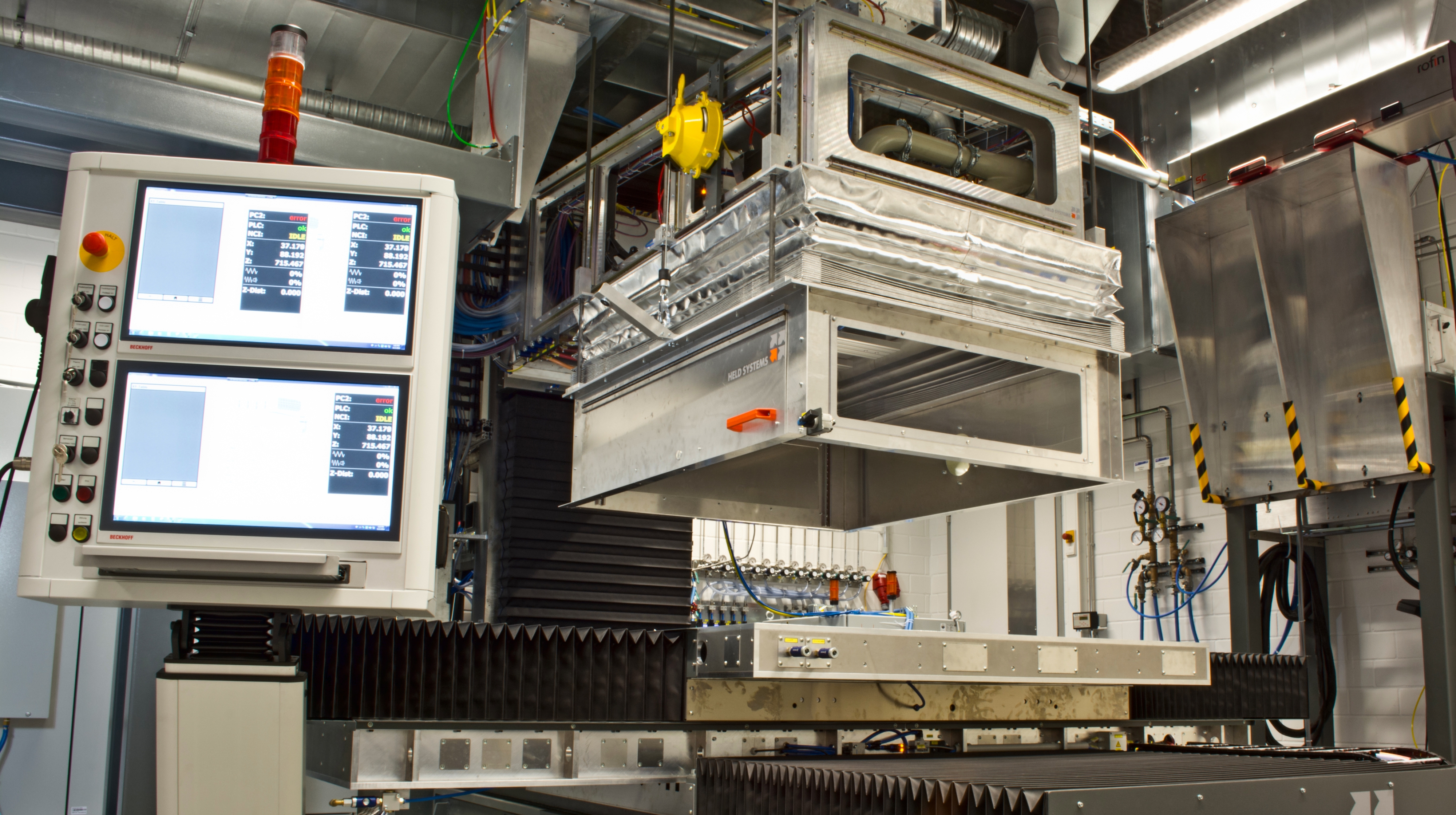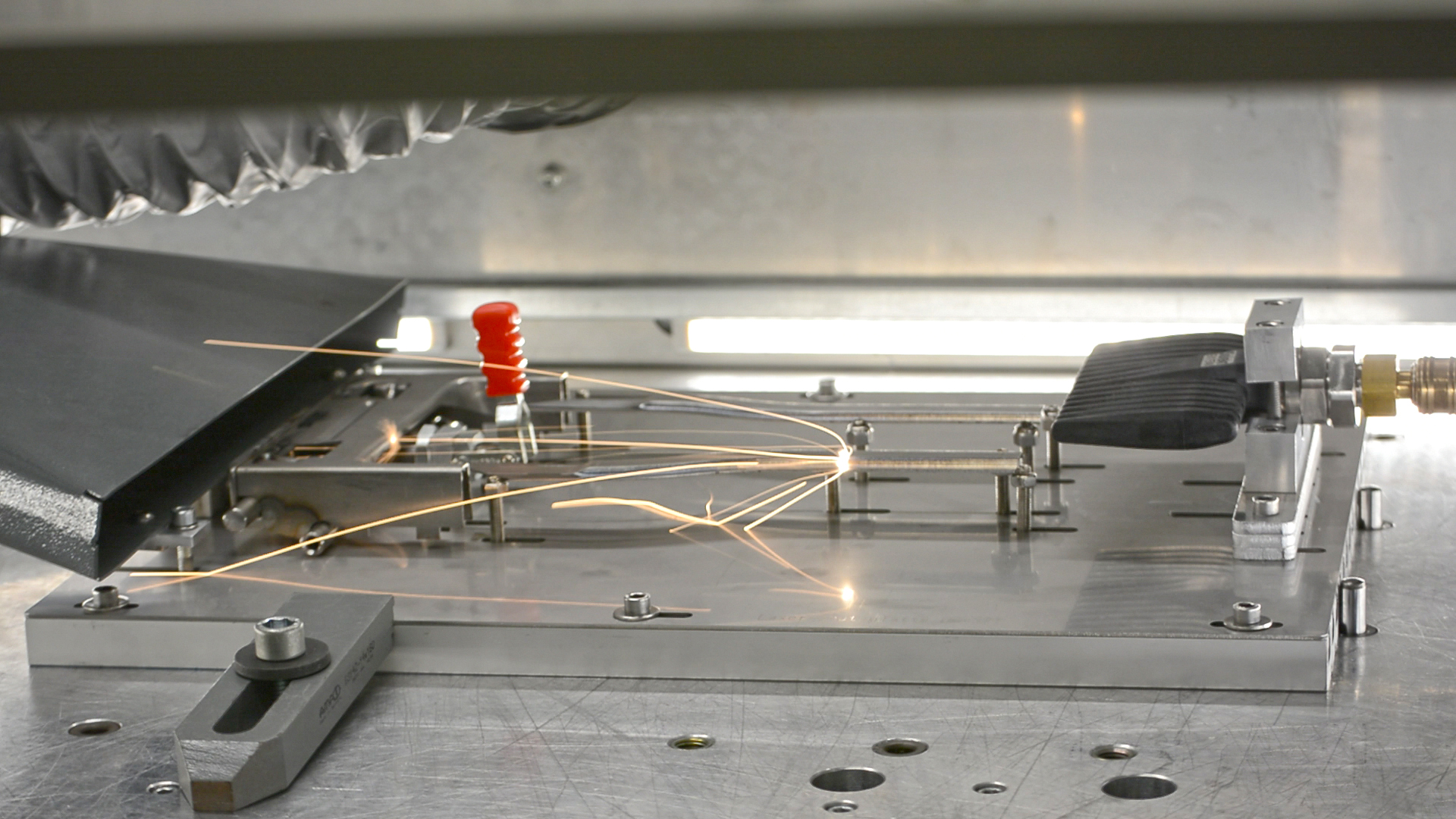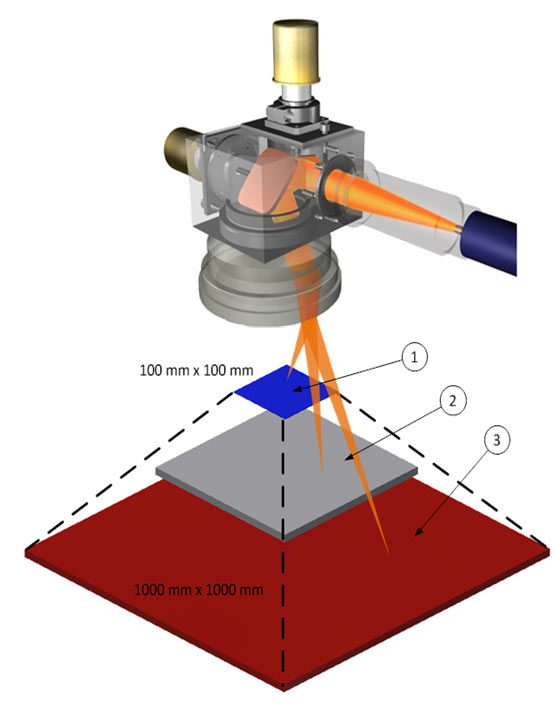“CleanRemote” protects work environment against hazardous micro dust
Clean lungs thanks to laser process exhaustion
In sectors such as the automotive industry, components can be processed at extremely high speed using the laser remote process. However, this can result in harmful emissions which may cause lung damage. Scientists from the Dresden Fraunhofer Institute for Material and Beam Technology IWS have studied the issue as part of the IGF research project “CleanRemote”. They reduce particles and gases in the air by means of a suction device.



Mechanical engineering, shipbuilding, aviation – laser remote processing has been increasingly gaining ground in the industry for several years. Whereas in the past it was only possible to laser machine one part after the other, this process now allows parts up to one meter in size to be cut, welded, ablated or structured at different points virtually simultaneously. Nevertheless, although this works well, there is a problem: “The process operates with a high intensity of several kilowatts within a few seconds. This produces harmful emissions such as small particles and gases,” explains Annett Klotzbach from Fraunhofer IWS in Dresden. As part of the IGF research project “CleanRemote”, the Group Manager Bonding and Composite Technology has been working on the topic in recent years. Concrete results are now available.
Suction reduces health risks
With a particular suction device the risk for plant operators will be reduced. They are especially endangered when a production line is reloaded and therefore has to be opened. Particles can then escape and damage the operator's lungs. The research was initiated by the question in which direction the small particles move, hardly visible to the naked eye. “This can be quite different because some particles are larger than others. The large ones generate more kinetic energy and therefore fly higher,” says Annett Klotzbach. In addition, the laser moves from one position to another within milliseconds by means of tilting mirrors, thereby complicating the calculations. “Our partners from the Chair of Inorganic Chemistry at TU Dresden have therefore developed a flow computer model to enable us to understand the particle trajectory.
Meet occupational safety and environmental protection requirements
Annett Klotzbach and her team have worked for two and a half years on the project together with the cooperation partner. The results will now benefit those industries, in which laser remote processing is of particular importance, for example in those cases, in which the steel frame of a car seat is welded or a metallic surface has to be cleaned and roughened in order to bond carbon parts. “Laser remote processing with highperformance lasers will continue to find its way into the market, especially among small and medium-sized companies. You can benefit from our research results in order to meet the requirements of occupational health and safety and environmental protection law in the best possible way,” says Annett Klotzbach. In mid-June she will present the process to a specialist audience for the first time at the “LASER World of PHOTONICS” trade fair in Munich.